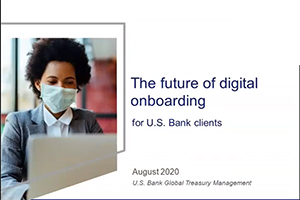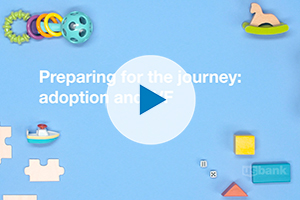Whether you’re trying to teach saving skills to your tween or advise your adult child on saving for a home, these tips from real parents are full of inspiration.
Teaching your kids about money can be a lot of things — it can be exciting, fun and rewarding, but it can also be nerve-wracking and complicated. Everyone’s relationship with money is different, and it’s important to share healthy financial values with your children early in life and into adulthood. Every parent is different, as is every child, so don’t be afraid to tailor your teachings to your family. No matter how old your kids are, this advice from real parents can help you get started.
Kids ages 6-12
Kids are never too young to start learning about money. Sharing the basic ideas of spending and saving with them when they’re young will encourage them to see both as necessities.
Real world advice:
“While my oldest is only 6, when we decided to start giving them an allowance (unrelated to chore rewards), we used three mason jars, one for spending, one for saving, and another for giving. They can choose how to divide their allowance as they see fit, but we thought it was a good reminder to introduce the idea of charity/philanthropy as well.” – Derek W.
Kids ages 13-17
Teaching teens about money is especially important: as they get old enough to do bigger chores or get jobs, they’re bringing in their own money that they need to learn how to manage. Introducing them to more complex topics like credit, retirement and saving for large purchases will help them feel more confident in their financial journey, too.
Real world advice:
“I taught my kids about credit and how to work it towards their advantage. It has to be worked at and doesn't just fall into place.” – Gina A.
“When my kids were in high school, [I taught them] to get comfortable with the idea of “sleeping on it.” Wait 24 hours when it’s a purchase that’ll really make a dent, to be sure that you feel the same the next day. This helps keep impulse purchases at bay, and also gets a conversation started about “what’s a large purchase in my current financial position?” – Kathy E.
“We taught our 14-year-old things we might consider very basic, like writing checks and using a debit card, but they have been a new learning experience for her. She's loving it, too — it makes her feel more mature and prepared for life after she leaves home. We have also discussed setting boundaries with her friends too and not letting them expect her to pay all the time.” – Michelle M.
“Once they were teenagers, we opened a checking account for each of my kids. Half of every paycheck went into savings and the other half into their checking for them to spend as they wished. I showed them how important it was to track their spending in a check register and found an app for them to use. In the end, they had enough in savings to pay cash for their cars and still have a nest egg for when they moved out. They have continued to be great savers and not have issues with debt. I feel that talking about good financial decisions since they were young helped them with that foundation.” – Stella M.
Adult children ages 18-25
When your kids become adults, the rubber really hits the road: They’re being introduced to things like retirement accounts, lines of credit, loans and bills. Your approach might be more hands-off, but simple pieces advice will make an enormous difference in the way they develop their financial life.
Real world advice:
“Once my kids turned 18, we discussed credit; we pulled a credit report to ensure there were no surprises we were unaware of, and talked the importance of eventually starting to build credit so that he has a history when ready to buy a car or a home.” – Elizabeth S.
“Don't make big purchases based on "I can afford it now?" Think ahead and ask yourself instead, "Can I afford this in a year or two?" – Jose R.
“After four years of college, you’re used to having little or no extra money. So, take advantage of your new windfall by fully funding your 401k and emergency funds right out of the gate before you start spending on your wants. You won’t miss the money you’re socking away, because you’ll still have far more disposable income than you ever had during your college salad days. Doing so puts discipline and time on your side, cornerstones of financial success. Now, 15 years later, our kids repeatedly thank us for giving them the single, most impactful, financial advice they’ve ever received.” – Frank S.
“The first thing I told my daughters when they took their first jobs after college was to immediately sign up for the 401k. Then, contribute the maximum as soon as they could afford to do it to get the maximum match from the company. I told them it was best if they could do that right from the start, even if it felt like a stretch. Both are now in their early 30s and have already accumulated a very nice start to their retirement funds.” – Deb H.
Learn more about how you can jumpstart your child on the path to financial success with 5 tips for parents opening a bank account for kids.































































































































